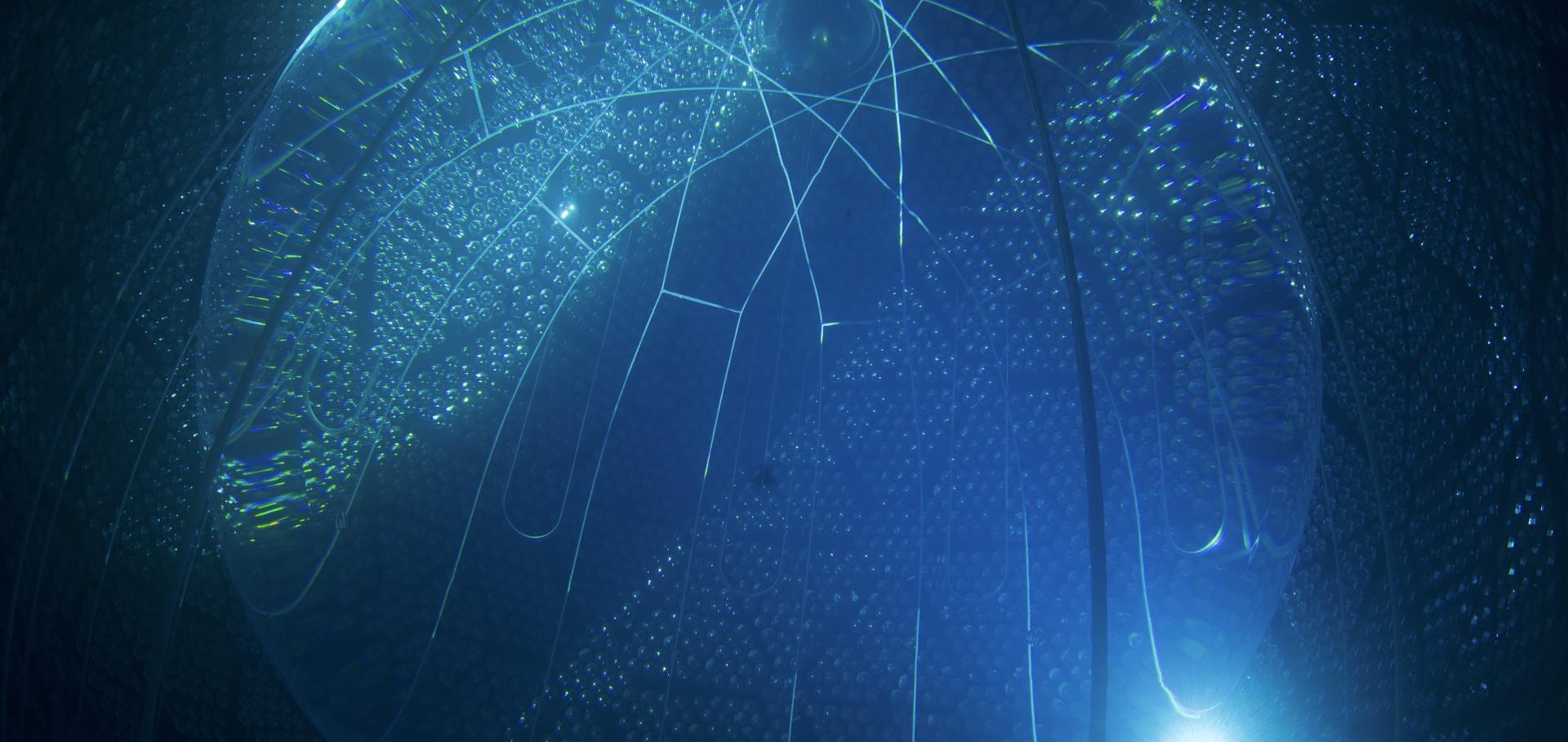ATLAS b-jet identification performance and efficiency measurement with tt¯ events in pp collisions at s√=13 TeV
European Physical Journal C: Particles and Fields Springer 79:11 (2019) 970
Abstract:
The algorithms used by the ATLAS Collaboration during Run 2 of the Large Hadron Collider to identify jets containing b-hadrons are presented. The performance of the algorithms is evaluated in the simulation and the efficiency with which these algorithms identify jets containing b-hadrons is measured in collision data. The measurement uses a likelihood-based method in a sample highly enriched in tt¯ events. The topology of the t→Wb decays is exploited to simultaneously measure both the jet flavour composition of the sample and the efficiency in a transverse momentum range from 20 to 600 GeV. The efficiency measurement is subsequently compared with that predicted by the simulation. The data used in this measurement, corresponding to a total integrated luminosity of 80.5 fb−1, were collected in proton–proton collisions during the years 2015–2017 at a centre-of-mass energy s√= 13 TeV. By simultaneously extracting both the efficiency and jet flavour composition, this measurement significantly improves the precision compared to previous results, with uncertainties ranging from 1 to 8% depending on the jet transverse momentum.Combination of searches for Higgs boson pairs in pp collisions at root s=13 TeV with the ATLAS detector
Physics Letters B Elsevier 800 (2019) 135103
Abstract:
This letter presents a combination of searches for Higgs boson pair production using up to 36.1 fb−1 of proton–proton collision data at a centre-of-mass energy s=13 TeV recorded with the ATLAS detector at the LHC. The combination is performed using six analyses searching for Higgs boson pairs decaying into the bb¯bb¯, bb¯W+W−, bb¯τ+τ−, W+W−W+W−, bb¯γγ and W+W−γγ final states. Results are presented for non-resonant and resonant Higgs boson pair production modes. No statistically significant excess in data above the Standard Model predictions is found. The combined observed (expected) limit at 95% confidence level on the non-resonant Higgs boson pair production cross-section is 6.9 (10) times the predicted Standard Model cross-section. Limits are also set on the ratio (κλ) of the Higgs boson self-coupling to its Standard Model value. This ratio is constrained at 95% confidence level in observation (expectation) to −5.0<κλ<12.0 (−5.8<κλ<12.0). In addition, limits are set on the production of narrow scalar resonances and spin-2 Kaluza–Klein Randall–Sundrum gravitons. Exclusion regions are also provided in the parameter space of the habemus Minimal Supersymmetric Standard Model and the Electroweak Singlet Model.Search for supersymmetry in final states with two same-sign or three leptons and jets using 36 fb(-1) of root s = 13 TeV pp collision data with the ATLAS detector (vol 09, 084, 2017)
JOURNAL OF HIGH ENERGY PHYSICS 2019:8 (2019) ARTN 121
Abstract:
© 2019, The Author(s). One correction is made to the figure 4e of the paper.Search for chargino and neutralino production in final states with a Higgs boson and missing transverse momentum at s√=13 TeV with the ATLAS detector
Physical Review D American Physical Society 100:1 (2019) 012006
Abstract:
A search is conducted for the electroweak pair production of a chargino and a neutralino pp → χ˜ 1 χ˜ 0 2, where the chargino decays into the lightest neutralino and a W boson, χ˜ 1 → χ˜ 0 1W, while the neutralino decays into the lightest neutralino and a Standard Model-like 125 GeV Higgs boson, χ˜ 0 2 → χ˜ 0 1h. Fully hadronic, semileptonic, diphoton, and multilepton (electrons, muons) final states with missing transverse momentum are considered in this search. Higgs bosons in the final state are identified by either two jets originating from bottom quarks (h → bb¯), two photons (h → γγ), or leptons from the decay modes h → WW, h → ZZ or h → ττ. The analysis is based on 36.1 fb−1 of ffiffi s p ¼ 13 TeV proton-proton collision data recorded by the ATLAS detector at the Large Hadron Collider. Observations are consistent with the Standard Model expectations, and 95% confidence-level limits of up to 680 GeV in χ˜ 1 =χ˜ 0 2 mass are set in the context of a simplified supersymmetric model.Constraints on mediator-based dark matter and scalar dark energy models using s√ = 13 TeV pp collision data collected by the ATLAS detector
Journal of High Energy Physics Springer 2019:5 (2019) 142


